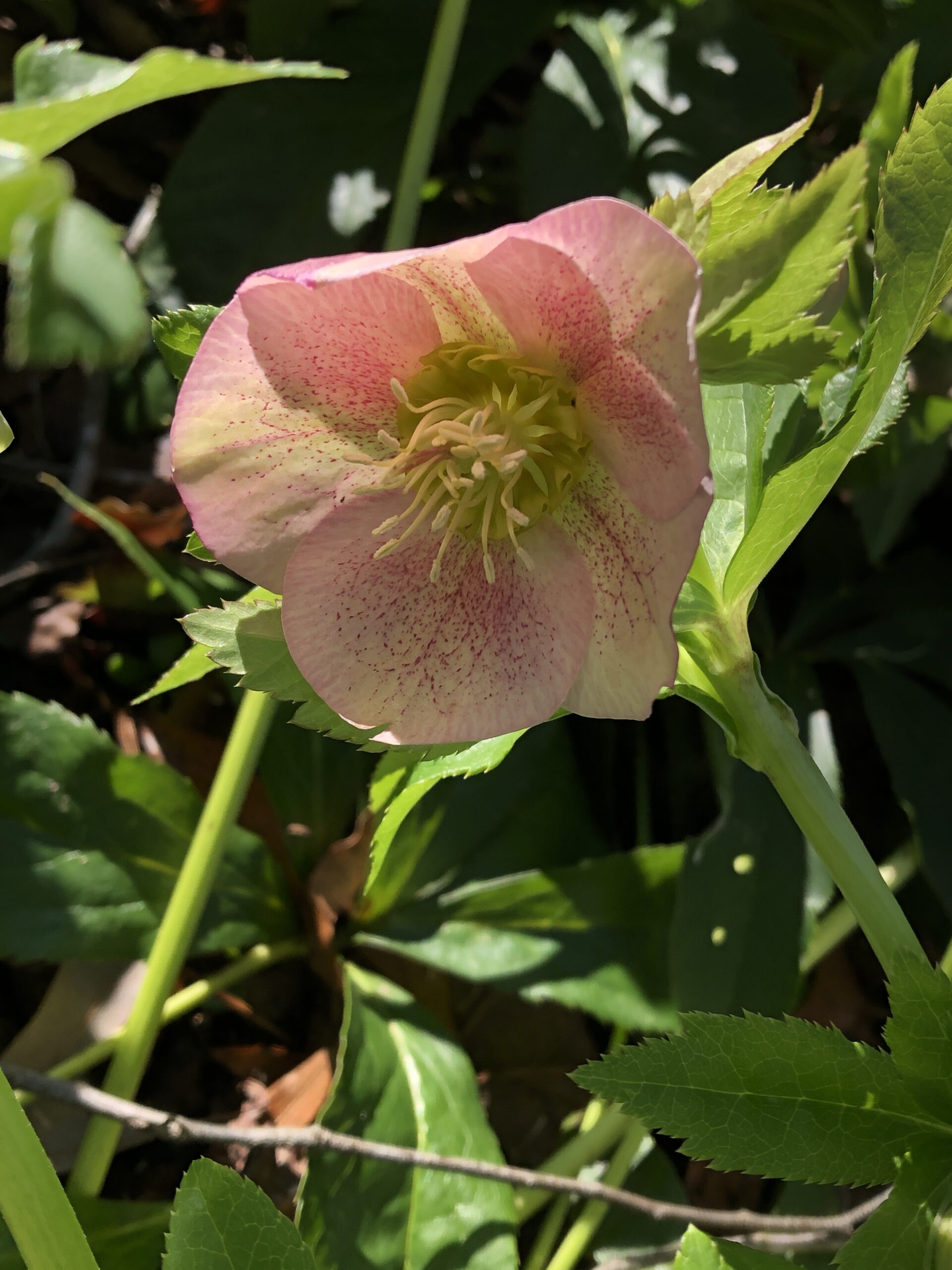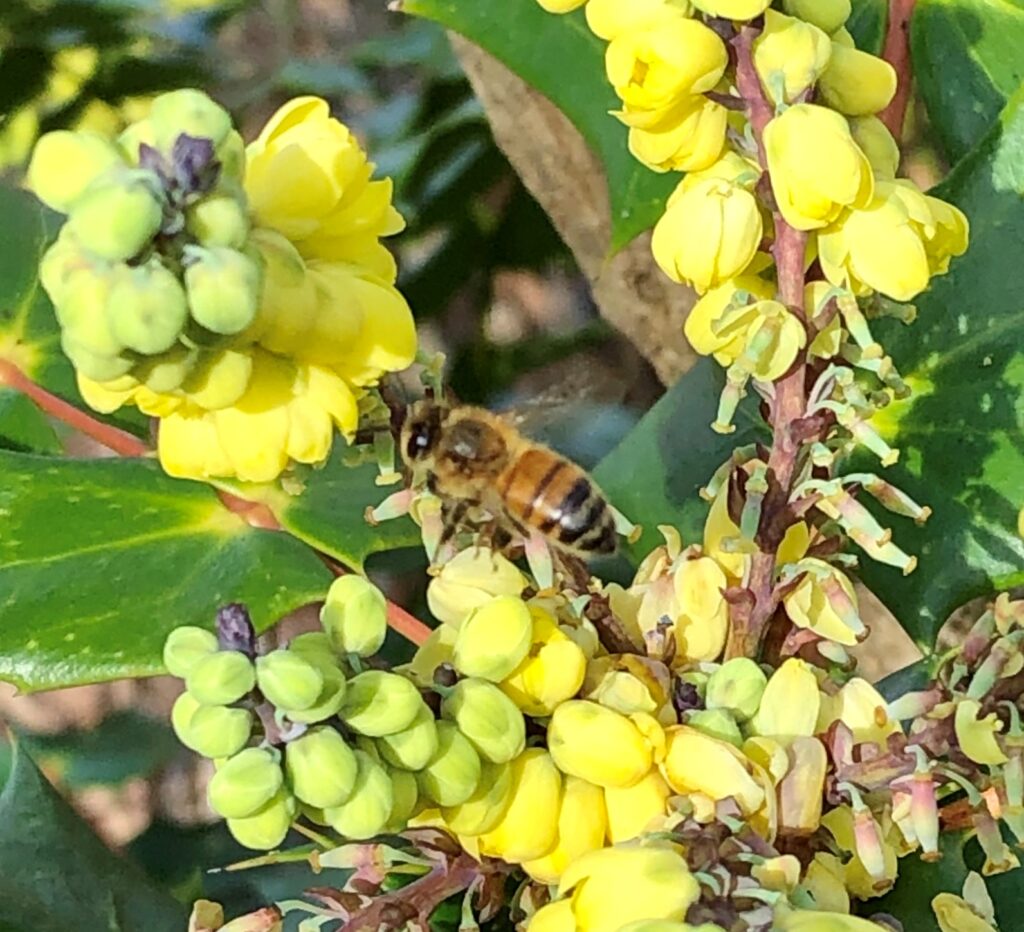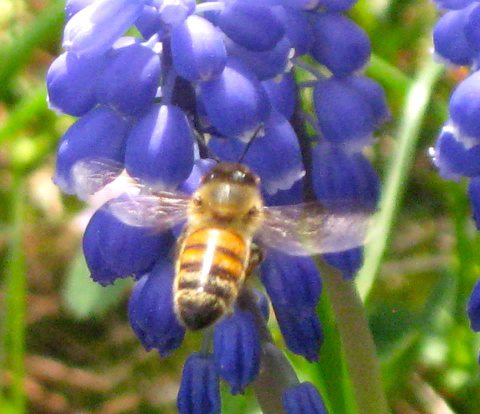One Day it is 73 degrees, the next it is 30 Degrees.
AHHHH…..Spring in North Carolina!! There is a saying…..”If you don’t like the weather in North Carolina, just wait a minute, it will change!”
This is so true, and it makes it difficult to gauge what to do in the bee hives. I use those 73 degree days to check out what needs to be checked out. Some of the hives are doing well. I can see great activity at the entrance. Much comings and goings of the worker bees and the gray pollen and red pollen going into the hive, tells me that I have an active and laying Queen. Sometimes that is all that I need to know.
Sometimes I need to go into the hive to see if they have food. What I do not want to happen is for my hive to be short on food when spring is just around the corner.
I use a method called “Moutain Camp” sugar feeding. The bee’s resources for food during the winter is what they have stored in the hive in warmer months. A bee cannot process sugar syrup if given to them by the beekeeper in cold months. They cannot reduce the water in the syrup in cold weather. They can, however, take in granular sugar as a food source to keep them alive. Also, in the months of February and March, in North Carolina, there is already Red Maple producing a thin nectar as a food source. If a hive is doing well and full of bees, this might not be enough to sustain the whole hive. The Mt. Camp method of feeding can be an insurance policy to keep your bees from starvation.
Moutain Camp feeding just involves putting a single sheet of newspaper across the tops of the frames and pouring sugar on the newspaper. The bees will eat through the newspaper to consume the sugar. If later in the year when more forage is available, the sugar can be removed if not all eaten.
Even though the temps are up and down and up and down in Spring, there are still things blooming in my yard. Daffodils and Hellebore are bursting right now. Daffodils do not offer much in the form of food for my bees, but the Hellebore does. I am thinking that it is a source of nectar in early January, February and March. I see many bees on the bloom and they do not have pollen on their legs, so my guess is that they are getting nectar.

Another shrub blooming in early Spring is Mahonia. Some people also call this “Oregon Grape” as the flower produces purple grape like fruit. My research has concluded that the bees get pollen from these blooms.

Another faithful bloomer in early Spring is the Grape Hyacinth.

Some of these might bloom in your yard in February and March and others will have to wait a month or 2 to see blooms.
If you are a Beekeeper or even if you are not, please plant and enjoy the flowers that also benefit the bees.
Namaste’



